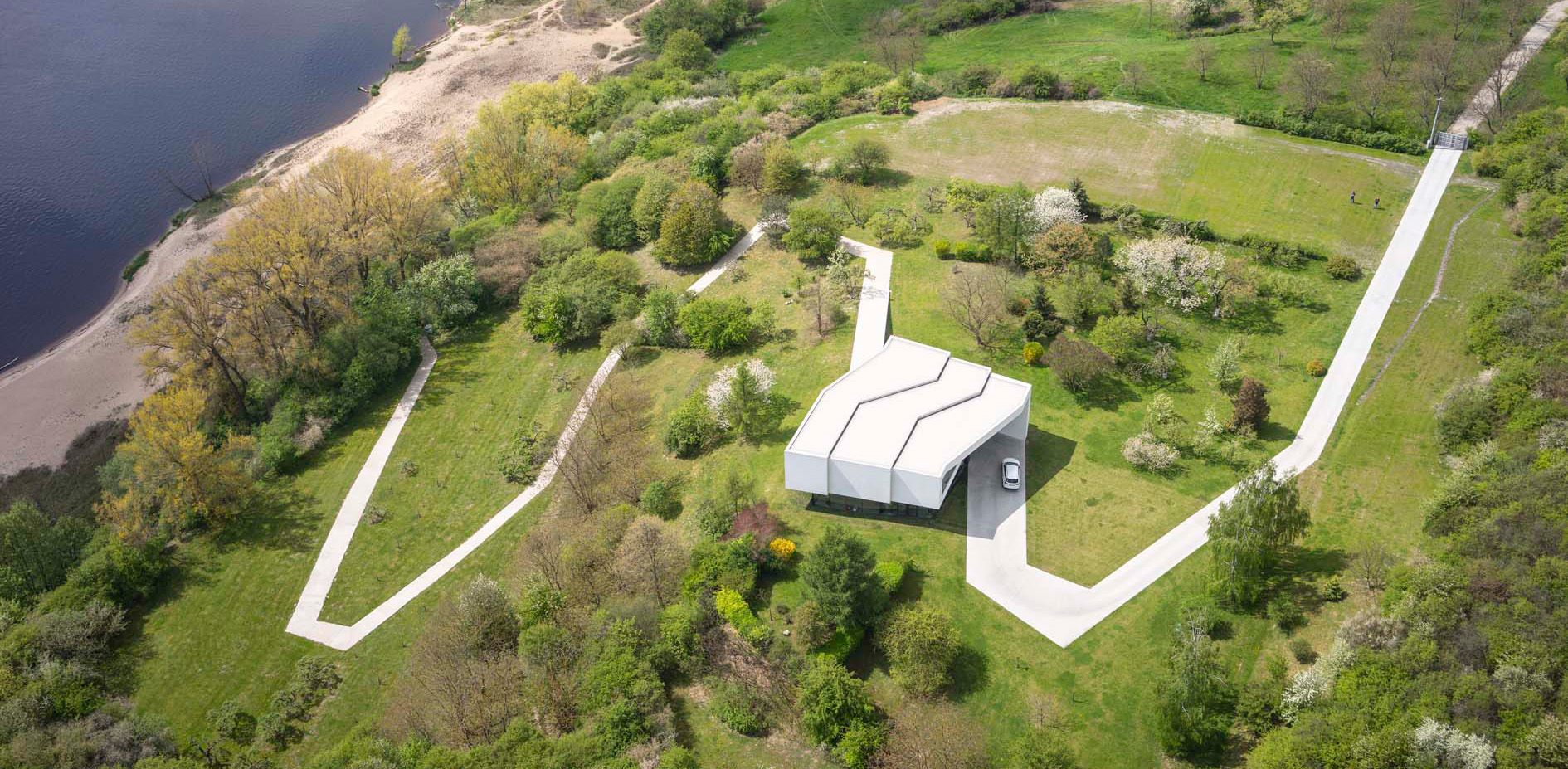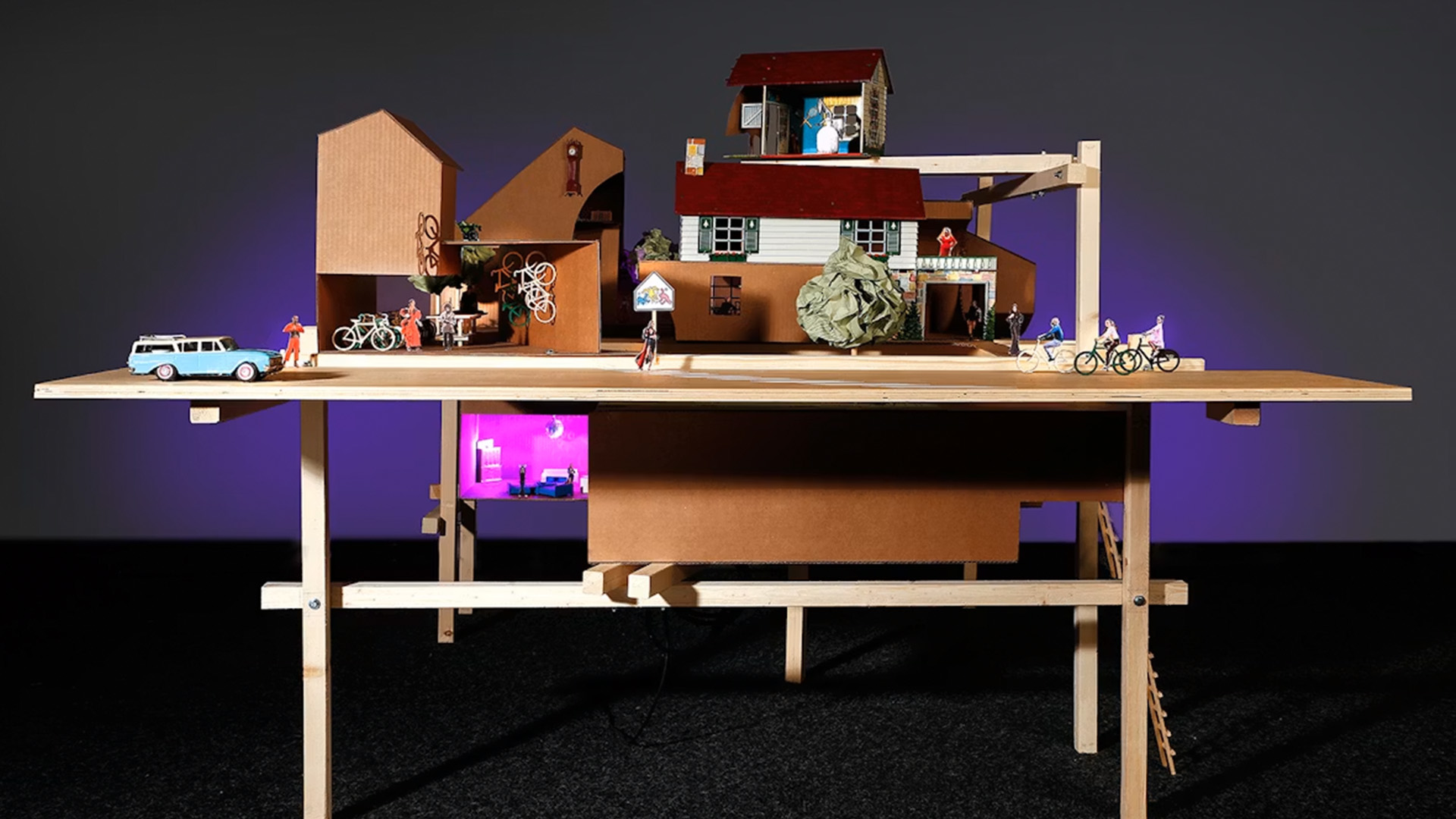Eurostar "terminal of the future" unveiled in Amsterdam


Superimpose Architecture and ZJA Architects & Engineers have opened a Eurostar UK terminal at Amsterdam's central train station, designed to honour the terminus's original features by 19th-century Rijksmuseum architect Pierre Cuypers.
The Eurostar project replaced a former terminal on platform 15 at Amsterdam Centraal, the Dutch city's main station, and is four times the size of the previous one.

Rotterdam-based Superimpose Architecture and local studio ZJA Architects & Engineers designed the mostly subterranean terminal to connect train passengers between Amsterdam and London.
"This 'terminal of the future' defines a new era for cross-border rail traffic, and brings together various time periods, technologies, aesthetics, and efficiency," said Superimpose Architecture.

Set within the former Amstelpassage – one of five north-south tunnels at the station – the terminal features a city-facing main entrance that leads to passport controls and border force facilities finished in a minimalist interior design with curved ceilings.
The ceilings were chosen in a nod to the station's barrel vaults, originally created in 1889 by Cuypers, who also designed Amsterdam's nearby Rijksmuseum art gallery.
"The interior connects past and future," explained Superimpose Architecture architect Ruben Bergambagt.

Past these official checkpoints is a brightly-lit, open-plan waiting area characterised by green-hued terrazzo floors and "floating" backlit ceilings.
Visuals of moving clouds were projected onto the ceiling panels to reference both Dutch and British landscape paintings from the Golden Age, and acknowledge train travel between the two countries.
Passengers pass along a preserved original brick wall on their way to the platform, which is accessed via escalators and staircases.
"Carefully designed lighting accentuates the textures and details of this intricate brickwork and breathes new life into the experience of the station," said Superimpose Architecture.

The studios emphasised the decision to repurpose various existing structural elements when designing the terminal, including the sprinkler system, to limit waste.
Biobased insulation, recycled felt and aluminium are among the materials that make up the interior. The studios also described the terrazzo used for the project as carbon-negative.

Modular components were also selected for the temporary parts of the terminal to ensure that they could be easily removed amidst various renovations currently taking place at Amsterdam Centraal.
"The design meets the functional requirements of the modern traveller and forms a sustainable and iconic link between Amsterdam and London," said Superimpose Architecture.
Founded in 2015, Superimpose Architecture previously designed a subterranean conference centre in Hangzhou, China, based on a Victorian shopping arcade.
Elsewhere in the railway world, Italian firm Dimore Studio recently designed the interior of luxury train La Dolce Vita Orient Express.
The photography is by Marc Goodwin.
The post Eurostar "terminal of the future" unveiled in Amsterdam appeared first on Dezeen.



















































